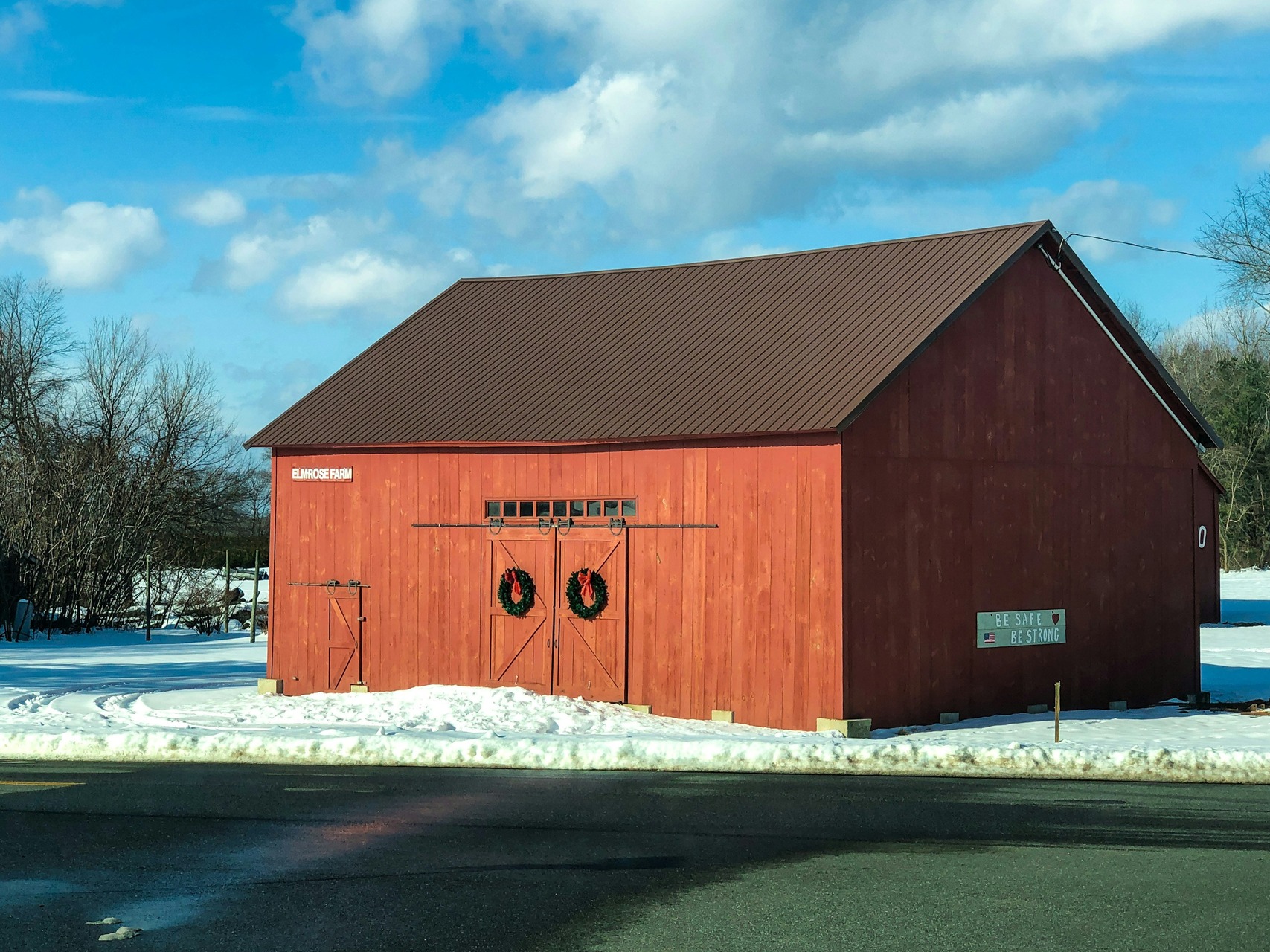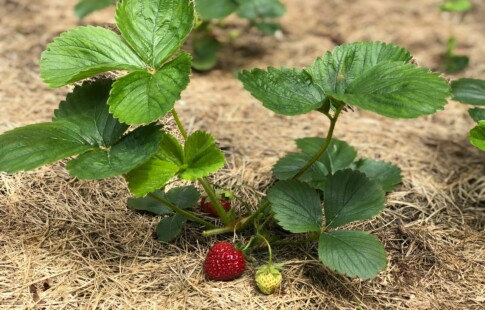
Sustainable Farming in Winter to Keep Your Food Supply Flourishing
We are reader-supported. When you buy through links on our site, we may earn affiliate commission.
Farming in winter presents unique challenges that can significantly impact food production. The colder temperatures and shorter daylight hours can hinder crop growth and reduce yields. These factors make it more challenging to grow various crops, often limiting farmers to a select few that can withstand harsh conditions.
Given these challenges, sustainable practices become crucial in maintaining a consistent food supply during the winter months. It also contributes to the long-term health of the farming ecosystem, reducing the reliance on chemical inputs and preserving the environment.
Understanding Winter Farming
Sustainable farming in a winter context refers to growing food during the colder months using environmentally friendly, economically viable and socially responsible methods. It involves adapting to the unique challenges of winter while minimizing the impact on the natural ecosystem.
One of the challenges of winter farming is dealing with shorter daylight hours. For instance, in Washington, D.C., there are just over nine hours of daylight in December compared to about 15 hours in June.
This significant reduction in sunlight affects photosynthesis and can slow down plant growth. Coupled with colder temperatures, which can inhibit seed germination and increase the risk of frost damage, these factors require farmers to be more strategic in crop selection and growing methods.
Despite these challenges, farming in winter has substantial benefits. It allows for a continuous supply of fresh produce throughout the year, contributing to food security and reducing the need for out-of-season imports.
Sustainable winter farming practices can also improve soil health during the off-peak season, support biodiversity and offer opportunities for farmers to diversify their crops and income. By effectively managing the challenges of the winter season, farmers can ensure a steady and sustainable food supply, benefiting the community and the environment.
Preparing Your Farm for Winter
Preparing and maintaining soil for farming in winter begins with testing soil health to adjust pH levels and nutrient content. Adding organic matter — like compost or manure — helps improve soil structure, providing better insulation against cold temperatures and retaining moisture. It’s also crucial to consider cover cropping, which can prevent soil erosion, suppress weeds and enhance soil fertility during winter.
Choosing suitable crops for winter farming is equally essential. Cold-hardy vegetables and root vegetables are ideal for winter cultivation. These crops can tolerate lower temperatures and benefit from some frost, which often enhances their flavors.
Implementing protective measures is necessary to protect crops from harsh winter conditions. Mulching is an effective technique, providing a protective layer that insulates the soil, retains moisture and suppresses weed growth.
Additionally, greenhouses or hoop houses can create a controlled environment that shields plants from extreme cold, wind and frost, extending the growing season and increasing crop yield. Properly managing these aspects ensures a productive and sustainable winter farming operation.
Sustainable Techniques for Farming in Winter
Water conservation remains a crucial aspect of sustainable farming in the colder months. Strategies include using mulch to reduce water evaporation from the soil and implementing drip irrigation systems to deliver water directly to plant roots, minimizing wastage.
Collecting rainwater can also be an effective method to supplement irrigation needs. These approaches ensure efficient water use, crucial in winter when water may be scarcer due to freezing conditions.
Organic pest control and disease management methods are vital for maintaining a healthy winter crop. Natural alternatives are practical, such as introducing beneficial insects that prey on harmful pests or using organic sprays made from neem oil or soap.
Crop rotation is also a natural deterrent for pests and diseases, as different crops can break the life cycle of pests and pathogens that are specific to certain plants. Moreover, this practice prevents soil depletion, as other plants have varying nutrient needs and contributions.
It also reduces the need for synthetic fertilizers and insecticides, as healthy soil fosters robust plants more resistant to pests and diseases. In addition, crop rotation can increase water availability for plants by improving soil structure and its ability to retain moisture.
Incorporating cover crops — like legumes or grasses — further enhances soil health by fixing nitrogen, preventing erosion and improving organic matter content. This holistic approach to farming ensures long-term soil fertility and sustainability.
Harvesting and Storage Tips
Harvesting winter crops requires careful timing and handling to ensure the best quality and longevity. In addition, harvesting leafy greens and root vegetables early in the day when they are still crisp from the cold is best to maintain their freshness.
For crops — like kale or Brussels sprouts, which can become sweeter after a frost, it’s ideal to wait until after a light freeze. Using sharp, clean tools for harvesting prevents damage to the plants and reduces the risk of disease.
Proper temperature and humidity control are vital for sustainable storage. To maintain freshness, you can store root vegetables — like carrots and beets — in cool, humid environments, such as root cellars.
For leafy greens, refrigeration in perforated bags can help retain moisture and keep them fresh. Regularly checking stored produce and removing any spoiled items helps prevent the spread of rot and extends the shelf life of the remaining produce.
Utilizing the entire plant to reduce waste and maximize yield is pivotal. For example, you can cook beet greens like spinach, and broccoli leaves are edible and nutritious. Preserving surplus produce through methods like freezing, canning or dehydrating ensures nothing goes to waste.
Planning crop quantities according to expected consumption and storage capacity also helps reduce excess and waste. These practices contribute to a more sustainable and efficient winter farming operation.
Boosting Winter Harvests Through Sustainable Farming
Embracing these sustainable farming practices can make a significant difference in ensuring a flourishing winter food supply.
By preparing the soil properly, selecting the right props and using effective protection methods, you can overcome the challenges of cold-weather farming. Incorporating water conservation techniques, organic pest control and smart crop rotation will enhance your winter harvest and contribute to the overall health of your farm’s ecosystem.
Remember, every step towards sustainable farming is toward a more resilient and productive agricultural system. Your efforts in winter farming will provide fresh, nutritious produce during the colder months and set a strong foundation for sustainable practices year-round.
Share on
Like what you read? Join other Environment.co readers!
Get the latest updates on our planet by subscribing to the Environment.co newsletter!
About the author

Jane Marsh
Starting from an early age, Jane Marsh loved all animals and became a budding environmentalist. Now, Jane works as the Editor-in-Chief of Environment.co where she covers topics related to climate policy, renewable energy, the food industry, and more.





